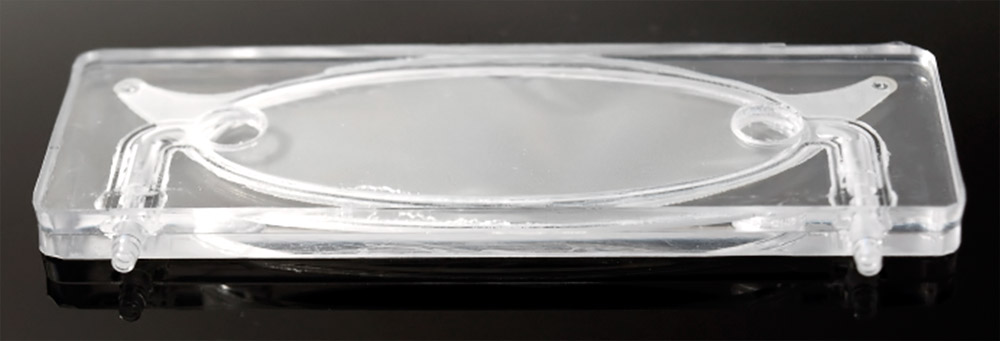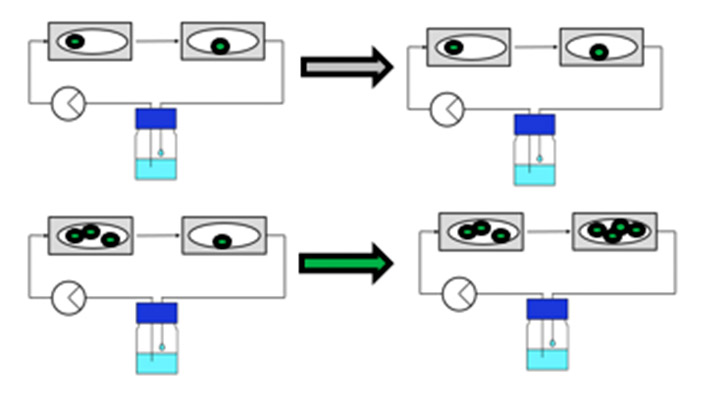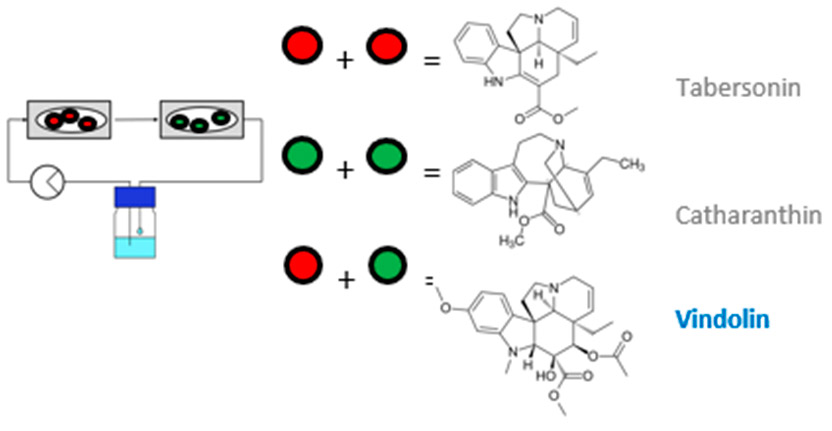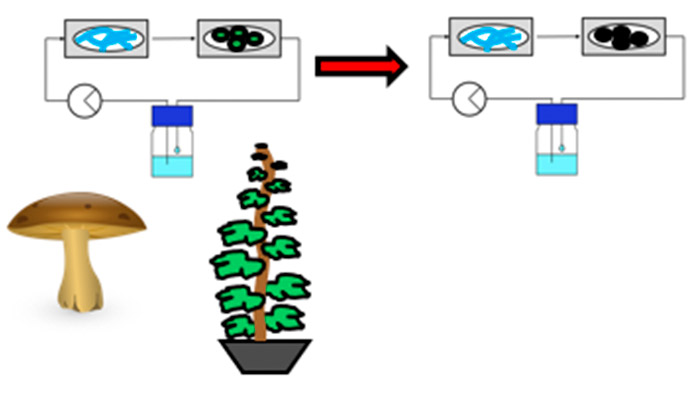At the Institute of Microstructure Technology of the Karlsruhe Institute of Technology, polymer-based microfluidic systems for analytical, biological and medical applications have been developed for many years. These systems usually consist of two microstructured housing chambers separated by a porous membrane. The chambers are manufactured by hot stamping into biocompatible polymers such as polycarbonate (PC), polyethylene terephthalate (PET) or cyclic olefin copolymers (COC). Various manufacturing techniques such as special bonding techniques, thermal bonding or ultrasonic welding are used for the assembly.
In cooperation with various partners from biology and medicine, such systems have been used to study the differentiation of animal stem cells, the migration of cancer cells in an artificial blood vessel or for a simulation of the blood-brain barrier. In cooperation with the Botanical Institute at KIT, a microfluidic bioreactor for plant cells was developed in order to be able to combine cells with different metabolic performances in a modular way and thus produce new active substances.

Figure 1: The microfluidic bioreactor with connections.
What the plant chip can do
A paper published in the journal Protoplasma (
https://link.springer.com/article/10.1007/s00709-021-01650-0) has now shown what this modular plant chip can be used for. When plant cells are cultivated in high dilution, they do not divide. With the help of the chip, it could be shown that these "lonely" cells divide again when they are held "downstream" from a chip in which many cells are present. Cells can therefore sense how many other cells are in their environment (so-called
quorum sensing).

Figure 2:
Quorum sensing in plant cells
Currently, the first molecular candidates for this "social hormone" are already being investigated. In a second application, different cell lines of the Madagascan periwinkle (
Catharanthus roseus) were combined via the chip. This plant produces the sought-after anti-tumour agent vincristine, admittedly in tiny quantities (200 kg of leaf material is needed for 1 mg). For more than half a century, attempts have been made in vain to produce this substance in cell culture. This very complex metabolic pathway consists of two mutually inhibiting branches, which then have to be brought together to form the important precursor vindoline. In the plant, this contradiction is circumvented in such a way that each branch is active in its own tissue type. This could now be successfully recreated in the chip. While one cell line produces only tabersonin, only catharantin is found in the other line.
With the help of "metabolic LEGO", teamwork could be recreated with the chip and vindoline could be produced in cell culture for the first time.

Figure 3: Metabolic LEGO in plant cells
The third application goes one step further - here, a small ecosystem is recreated on the chip by cultivating plant and fungal cells together. These are fungi that live in the wood of grapevines and, for some years now, in response to the dry and hot summers, have suddenly started to produce toxins that cause the vines to collapse. The formation of these phytotoxins could now also be simulated with the chip. The first toxins have already been molecularly elucidated.

Figure 4: Phytotoxins from fungi



